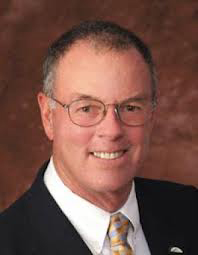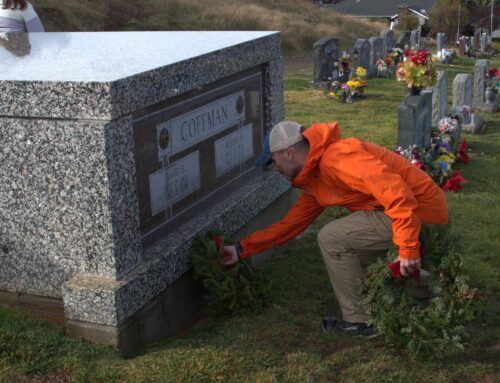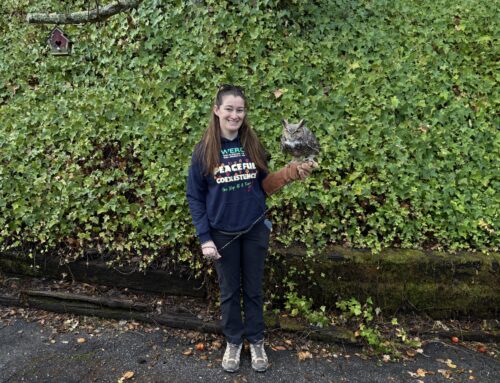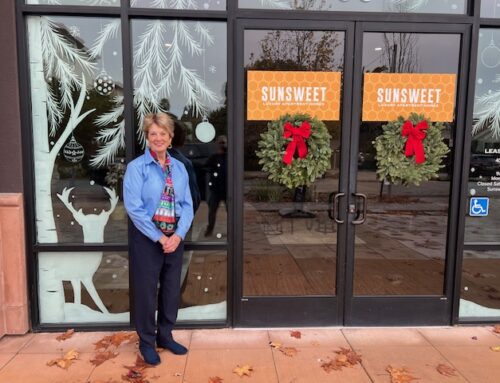LAFCO to review application March 11 in San Jose
Published in the January 20 – February 2, 2016 issue of Morgan Hill Life
By Staff Report
Morgan Hill Mayor Steve Tate sees March 11 as an important date in the sometimes heated issue concerning the city of Morgan Hill’s annexation of a portion of the Southeast Quadrant, the area of prime farm land surrounding Tennant Avenue and Hill Road. On that date, a hearing with the Local Agency Formation Commission at the County Building in San Jose will be held to address concerns about the application made by the city to annex a small portion of the land for recreation purposes and as the site of the proposed Saint John XXIII College Preparatory High School.
Tate sees it as “imperative” for LAFCO to approve the city’s application. He said it’s a necessity because the city wants to proactively and responsibly preserve viable ag while also providing quality community-serving facilities. Morgan Hill Life asked the mayor to put into perspective for our readers the importance of what happens at next month’s meeting concerning the Southeast Quadrant annexation application.
San Jose made the mistake of growing so big and so fast that much of its agricultural heritage — orchards particularly — was lost in the development of Silicon Valley. Why do you think it is important for Morgan Hill to make the steps now toward smart growth actions to protect the future of our rural and ag heritage in the Southeast Quadrant?
Like all of Santa Clara County, Morgan Hill has a rich agricultural history. Most of today’s remaining actively grown agriculture is in South County. To preserve our region’s proud history, residents throughout the county want to see active ag preserved to the maximum extent possible. Our community has invested significant time and resources in evaluating alternatives to preserve viable ag. Morgan Hill’s forward thinking, citywide Agricultural Preservation Program was developed with guidance from respected ag preservation and economic consultants. It includes a “stay ahead” provision requiring preservation to occur before development.
Some people have expressed concern about how the city is planning an expansion into the Southeast Quadrant because they see it as a Trojan horse and think eventually it will become developed and lose the ag. What is your response?
Morgan Hill has pledged to invest millions of dollars in ag preservation from a fund that continues to grow as the city develops. We have a plan that effectively saves the most ag while providing other benefits to our community and region.
It is unrealistic to think that if we don’t change anything, South County ag land will remain ag. We have ample evidence to the contrary. Every parcel in unincorporated South County has development rights, including active ag parcels.
San Martin is a visual example of ag land turned into housing on large acreage parcels. If you go to the south end of Trail Drive, you’ll see five homes under construction. It is literally happening now. House by house, our ag lands will disappear unless we do something different.
The claim that we will eventually lose ag is groundless. By paying landowners to record a permanent ag easement on the property deed, we guarantee the property will remain ag.
How can Morgan Hill avoid the urbanization mistakes San Jose made as the population expanded?
Morgan Hill is doing something different and innovative. As noted above, we can guarantee that these lands remain ag with a permanent ag easement on the deeds. Land owners will do this — for a price.
The city will assure that any ag land developed in or around Morgan Hill preserves an equal amount of designated ag land in the area southeast of the city. It can do this by supplementing payments from an open space account funded by developers who compete for housing allocations in the city. Housing development in the city assists in preserving ag lands in the surrounding county.
We are also working with landowners on other innovative approaches to compensating them for ag easements. Morgan Hill’s plans do not add any housing to these areas. None.
How will these ag preservation plans be paid for and what other uses might the Southeast Quadrant have other than expanding housing development?
This envisioned development will pay ag preservation fees, so it will assist in preserving ag in the surrounding county.
Another planned use for the southeast area is a new Catholic high school on land owned by the local diocese near the Tenant Avenue/U.S. 101 interchange. It will be a tremendous asset, and its development will also help fund ag preservation.
Morgan Hill also has a great reputation for providing high quality recreation facilities. Another creative way to fund ag preservation is to annex a small portion of the area (about 180 acres of the 215 total acres, the other 35 acres for the Catholic high school) near the Tenant Avenue/U.S. 101 interchange to enhance its family and youth-oriented recreation, sports and leisure offerings. Morgan Hill can leverage its reputation by expanding its active recreation facilities.
What other steps might the city of Morgan Hill be taking to protect the Southeast Quadrant?
Consistent with the widely accepted Santa Clara Food and Farmlands Resolution, Morgan Hill is working diligently to ensure that small-scale ag remains viable in our sphere of influence. We are seeking the services of a third-party administrator to oversee easements and explore creative ways to provide ag infrastructure to small-scale farmers.
To make ag preservation a reality, Morgan Hill is working closely with our Local Agency Formation Commission. It is imperative for LAFCO to approve our application, as it proactively and responsibly preserves viable ag while providing quality community-serving facilities.
Steve Tate is the mayor of Morgan Hill.







